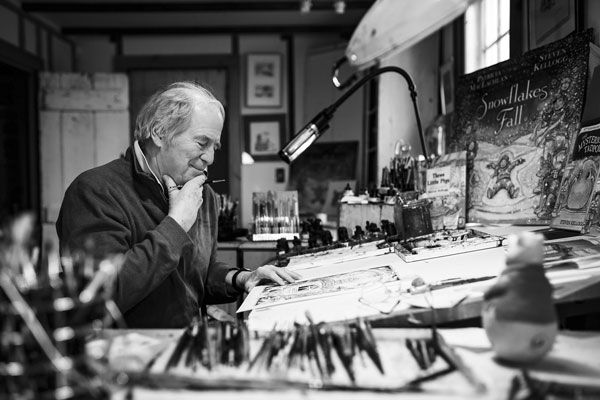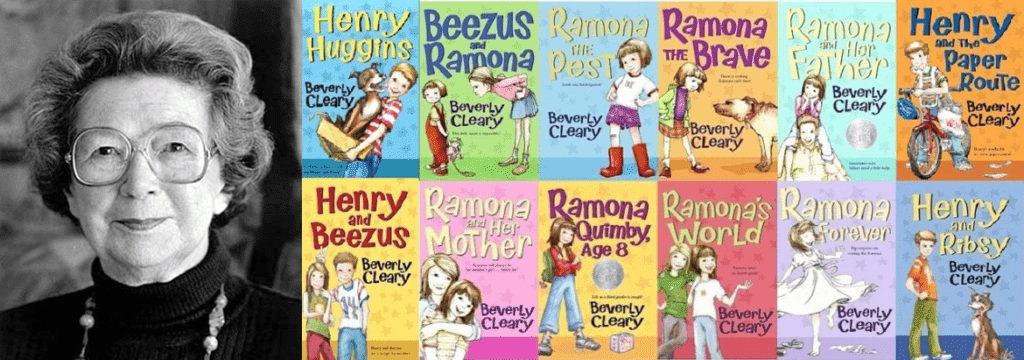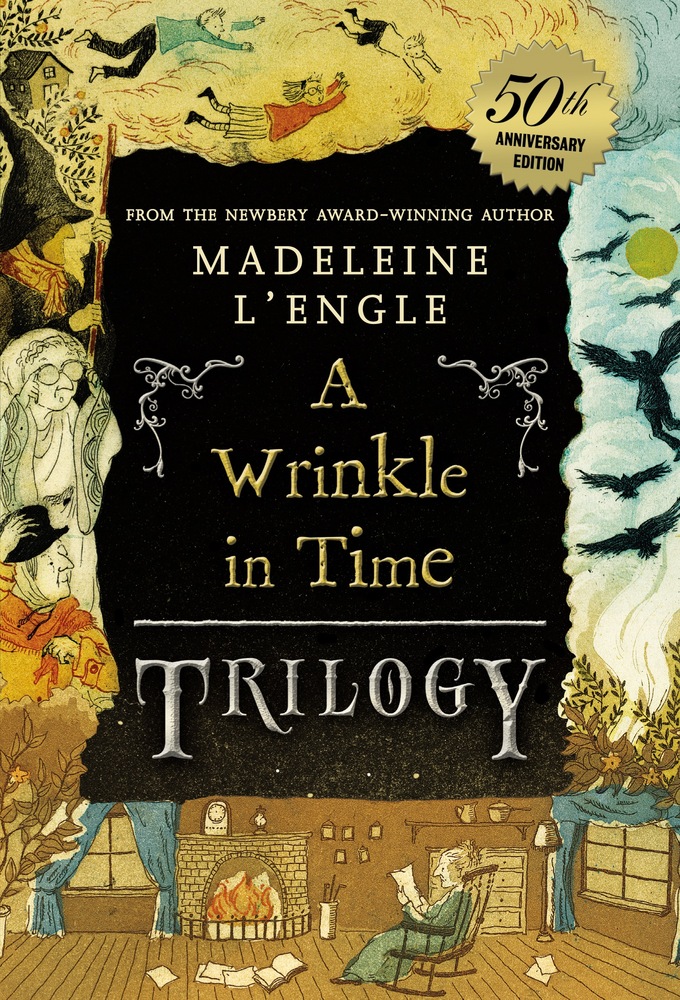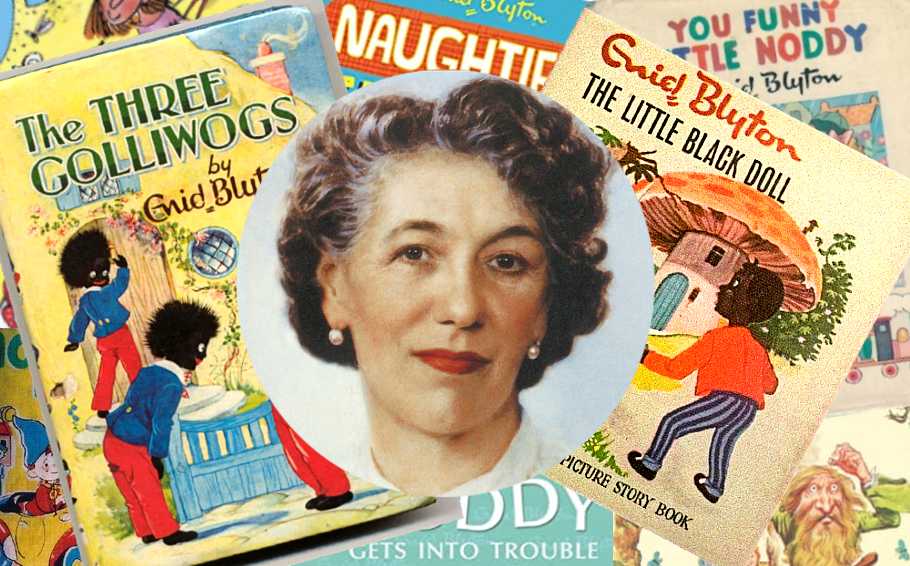“As someone who puts books together using words and pictures, I try to remember how special that was to me as a child and balance the pictures and the words in such a way that each of them tells part of the story, but not the whole story and they leave each other plenty of space for the reader to become involved and make connections between the words and the pictures as he or she examines them, both the pictures and then reacts to the music of the words.”
Born on October 26, 1941, Steven Castle Kellogg is an American children’s writer and illustrator of more than 100 picture books.
Inculcating the habit of reading in children from a young age goes a long way. The safe, comfortable environment created by elders amidst which a kid gets introduced to the magical world of storytelling influences the child in a significant manner. Kellogg’s grandmother read to him since he was a tiny little kid. Christmas books were a thoroughfare at his place.
He soon began exploring the fictional world by making up stories and narrating them to his sisters and others around. The joy that kids seek in an imaginary made-up world is an epitome of innocence. The purity with which they acquaint themselves with the stories they consume helps them identify and relate with a range of emotions, and eventually perceive fellow humans and society with the same childlike purity.
Having studied design, Kellogg also began creating illustrations for his writings. And the state of creative flow is something that helped him further his case. This element again, transcends writers (and artists in general). Once a flow kicks in, time and space go for a toss. Kellogg emphasized its importance, how a state of flow can inspire you further, creating a healthy and safe space to write, illustrate, and create.
Kellogg’s pup inspired him to pen down a lovely character based on the fur baby. ‘Pinkerton’, a Great Dane, his most famous creation, ended up turning into a series of adventures. The dog finds himself in the most absurdist situations, eventually leading to chaos, tension, mess, and the consequent comedy of errors arising out of it all, resulting in hilarious moments filled with heartwarming joy. Humour played an integral role in Kellogg’s illustrations, leaving behind a sweet feel-good aftertaste. The collection kicked off with ‘Pinkerton Behave!’, and included adorable titles like ‘A rose for Pinkerton’, ‘Tallyho Pinkerton!’, ‘Prehistoric Pinkerton’, and ‘A penguin pup for Pinkerton’.
A few other titles in Kellogg’s celebrated body of work include the likes of ‘The mysterious tadpole’, ‘Mike Fink’, ‘Give the dog a bone’, ‘Can I keep him?’ and many more. He also reintroduced classic and folk tales like ‘Chicken Little’, ‘The three little pigs’, etc.
“The ideas for the other books come from lots of different sources, but most of them have their roots in feelings and images that I retain from my own childhood. I try to blend illustrations and words so that each book is a feast for the eye and ear. I want the time that the reader shares with me and my work to be an enjoyable experience – one that will encourage a lifetime of association with pictures, words, and books”, Steven Kellogg once candidly expressed his writerly persona.
Kellogg’s innocent, unadulterated worldview got translated into his writings, and then eventually into his readers seamlessly. He inspired kids to read, write, and most importantly imagine.

)
)
)
)
)
)
)
)
)
)